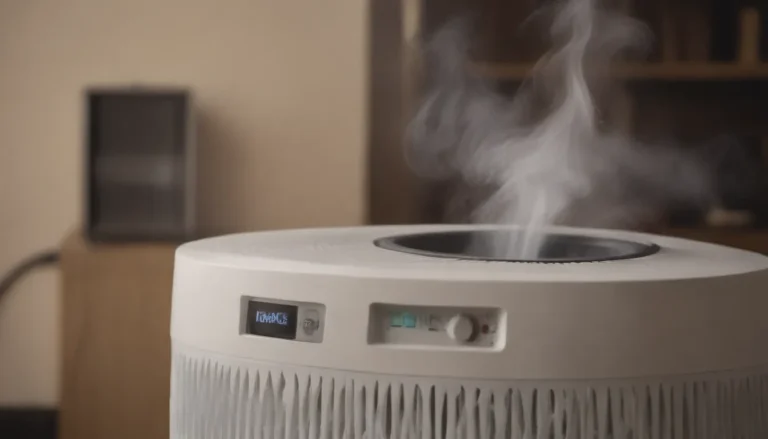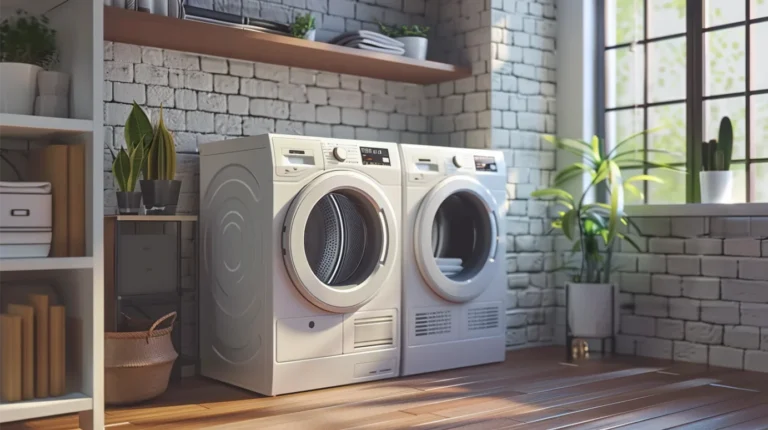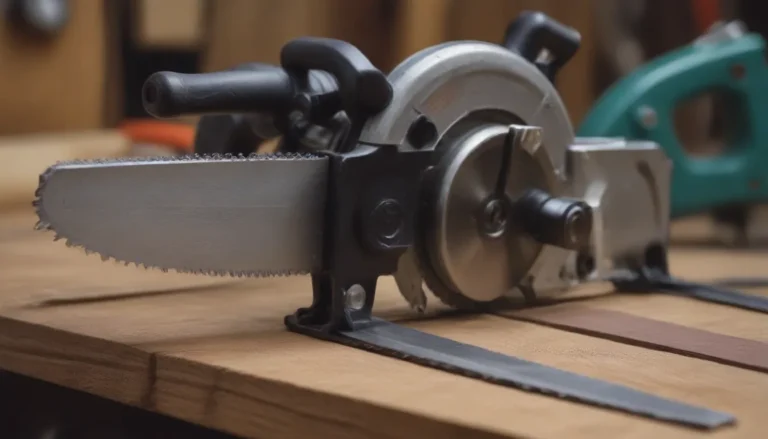Maximizing Your Shelving System: A Complete Guide on Using Shelf Standards and Brackets

If you’ve ever tried to set up a shelving system in your home, you’ve probably encountered the challenge of mixing and matching components from different manufacturers. While shelving support systems might look similar at first glance, subtle design differences can make it tricky to pair standards and brackets from various brands. In this comprehensive guide, we’ll explore how you can navigate through these challenges and create a functional and aesthetically pleasing shelving system that suits your needs.
Understanding the Basics of Shelf Standards and Brackets
Shelf support systems typically consist of horizontal brackets that fit into vertical standards mounted on the wall. The shelving itself is then placed over the brackets. While systems from different manufacturers may appear similar, it’s important to note that there can be variations in design that affect compatibility.
Here are some key points to consider when working with shelf standards and brackets:
- Some systems feature double-slotted standards and pins, while others use single-slot designs.
- The shape and size of slots and pins can vary between manufacturers, making it challenging to mix and match components seamlessly.
- Common manufacturers include Knape & Vogt (K & V), ClosetMaid, John Sterling, ISS Designs, Rubbermaid, and Elfa.
- Matching parts from the same manufacturer is usually the most elegant solution, but mixing components from different brands is possible with some compromises.
Tips for Mixing and Matching Shelving Hardware
If you’re looking to blend components from different manufacturers, here are some considerations to keep in mind:
- Double-slotted standards are more likely to accommodate brackets from various brands, but some adjustments may be needed for a proper fit.
- Single-slot standards can pose compatibility challenges, as the pins on brackets may not align perfectly with the slots.
- Aesthetics and size discrepancies may arise when combining components from different manufacturers, so consider these factors based on your preferences and the visibility of the shelving system.
While mixing and matching parts can be done with careful planning, it’s important to be prepared for potential challenges, such as future disconnection difficulties and variations in finish and size.
Choosing the Right System for Your Needs
If you’re in the market for a new shelving system and want to avoid compatibility issues, consider opting for components from established manufacturers. Brands like Knape & Vogt, Rubbermaid, and ClosetMaid are known for their quality and compatibility among system components.
When selecting a new system, look for these key features:
- Compatibility: Choose components that are designed to work seamlessly together for a hassle-free installation.
- Durability: Opt for sturdy materials that can support the weight of your items without sagging or bending.
- Aesthetics: Consider the finish and color of the components to ensure they complement the decor of your space.
By investing in a reliable system from a reputable manufacturer, you can create a functional and visually appealing shelving solution that meets your needs.
Conclusion
Navigating the world of shelf standards and brackets from different manufacturers doesn’t have to be a daunting task. With a bit of research and consideration for compatibility, you can mix and match components to create a custom shelving system that works for you. Whether you’re looking to upgrade an existing system or starting fresh with a new installation, choosing quality components from trusted brands will ensure a successful outcome. So go ahead, get creative, and design the perfect shelving system for your home!





